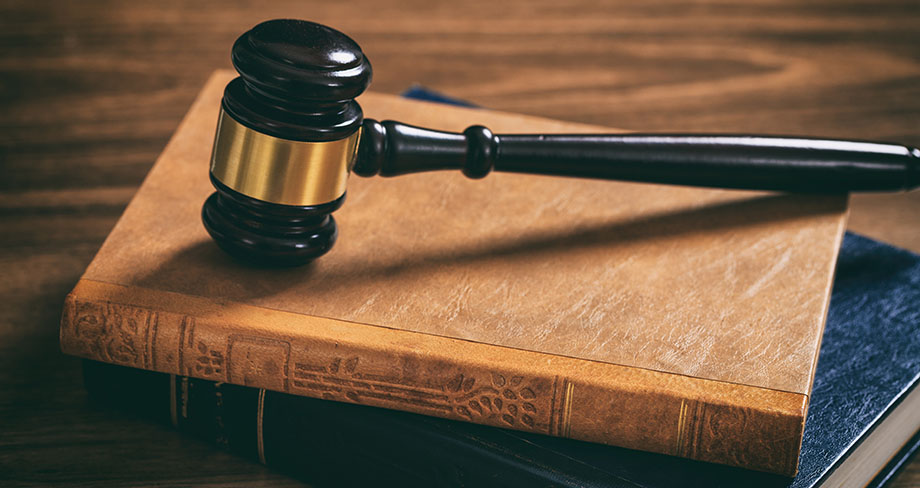Your shoulder is used a lot in different movements and activities. You sleep on it, you put weight on it, you rotate your arms with it and the list goes on. But the shoulder can also sustain injuries, which should be diagnosed and treated by orthopedic surgeons. Below is what you should know shoulder separation.
Shoulder Separation
Shoulder separation is also known as AC separation. This is the condition in which a part of the shoulder or the whole shoulder is separated into two parts.
To understand shoulder separation, you need to have the anatomy of the shoulder down. Your shoulder consists of the collarbone, also known as the clavicle, and the shoulder blade, which is known as the acromion.
The AC juncture is held together with tendons, ligaments, and cartilages and this joint is extremely important for rotating the shoulder, moving it in different directions, and flexing the arm.
A shoulder separation happens when the end of the clavicle and the acromion get detached, either because of torn ligaments, a fracture, or any other injury.
This can cause the shoulder to become immobile, and painful, and in worst cases, it can lead to complete dislocation and that’s just as uncomfortable as it is painful.
Degrees Of Should Separation
There are many degrees of AC separation, which include:
- Type I shoulder separation, in which the main damage is done to the acromion, but the clavicle cartilage remains intact. It heals pretty easily too.
- Type II shoulder separation, in which both the clavicle and acromion ligaments are partially torn. It is more severe than the type I injury, but it’s not completely a lost cause.
- Type III shoulder separation, in which both the clavicle and the acromion ligament are completely torn and injured. This can be a result of a very bad accident in which your shoulder took the brunt of the force and it’s a complete separation.
You get the gist: Shoulder separation is really painful and uncomfortable, but how do you deal with it? How do you know whether the shoulder is badly hurt or not? For that, you need to understand the causes and different symptoms of shoulder separation.
Causes Of Shoulder Separation
Here are some causes of shoulder separation:
Falls
Shoulder separation can be caused by bad falls. Whether you fall off a bicycle or any height and land shoulder-first, then your shoulder is at high risk of getting separated. While the tendons and ligaments are elastic, that still doesn’t mean that they can’t get torn.
Any impact that exceeds the elastic limit of the cartilage and ligaments, can cause them to tear and ultimately the shoulder can get separated. In case of a fall, other than consulting a shoulder doctor, you may have to visit a podiatry clinic Woodbridge as well if there are foot-related injuries as well.
Sports That Involve Shoulder Movements
If you’re someone who plays a lot of sports and engages your shoulders a lot, then there might be a chance that you pull on the ligaments too much. This can lead to a small tear in the ligament. You might not feel it, but over time, if the tear isn’t healed and you don’t rest your shoulder, it can worsen and it will ultimately lead to separation of the shoulder.
A Past Shoulder Injury
If you’ve had a bad shoulder injury in the past and you haven’t let it heal properly, then this can also lead to shoulder separation. So, take healing seriously and do everything you can to make your shoulder comfortable.
Symptoms Of Shoulder Separation
Now that you know what shoulder separation is and how it’s caused, here are some symptoms you need to look out for. These are important to know because symptoms can pinpoint what you’re feeling and the diagnosis is made a lot easily.
Your Shoulder Might Be In Pain
The area from the collarbone to the ball of your shoulder will feel very tender and it will hurt a lot. You might not feel it right away, but once you do, everything will be super hard for you, even lifting the shoulder or moving your arm will be a mean feat.
Along with the shoulder, you might also feel pain radiating from the neck all the way down to your arm. That’s because the arm and the neck are somewhat connected to the shoulder via different nerve endings and you’ll feel the pain everywhere when you try to move it around too much.
You Might Also See Bruising On The Shoulder
As soon as you hit the ground, the first thing you will feel is obvious pain, but after a couple of hours, because the separation will cut off blood supply to that area, the shoulder, and the surrounding area will turn a deep blue and purple color.
Swelling
Swelling is also another thing that you might experience. The part of the shoulder that’s connected with the shoulder blade and the ball-like joint will feel bigger than usual and if you try to press on it, then it will feel very uncomfortable.
Deformation
In severe shoulder separation cases, your shoulder might look deformed. It won’t be a smooth look and people might be able to tell if you have an injury, because the shoulder won’t look normal at all, even at first glance. You can only imagine what the damage inside will look like.
Treatments For A Separated Shoulder
Before diving into the treatment options for shoulder separation, the diagnosis is extremely important to talk about.
You will need to see a doctor immediately after getting injured and if the pain doesn’t subside. The doctor will do a physical examination as well as request X-rays to get a clear picture of what’s going on underneath the skin.
Once the X-ray is done and the doctor can see the breaking point of the shoulder clearly, then you can talk about treating it.
Here are some of the very common shoulder separation treatments:
Treatments For Type I And II Shoulder Separation
For different types of shoulder separations, you’ll need different treatments. For type I and II injuries, a sling is more than enough. It keeps your arm put and after a couple of weeks, when the ligament is fused naturally, the sling is removed and you will be able to use your shoulder like normal. In the meantime, painkillers are prescribed to help you breathe through the pain.
Physical therapy is also a wonderful treatment mode for separated shoulders. Light stretching and minimal movement can help to alleviate the shoulder swelling and pain and you’ll feel like a million bucks in no time.
Treatments For Type III Shoulder Separation
Type III shoulder separation injuries can’t be healed non-surgically. You’ll need to get a small procedure done in which the broken and separated parts of the shoulder will be fused with bolts and pins. It might sound scary, but it’s a minimal procedure and you can get done with it in no time.
The healing is where you will need to be careful because half the battle of getting your shoulder back to normal is letting it heal properly. So, don’t do strenuous exercises, don’t lift weights, and rest your shoulder, until the doctor gives you the green light.
Conclusion
Shoulder separation does hurt a lot and it can affect all kinds of movements. Now you know what to expect in a shoulder separation so consult a shoulder specialist Woodbridge if you have shoulder pain or suspect that you have AC separation.

















